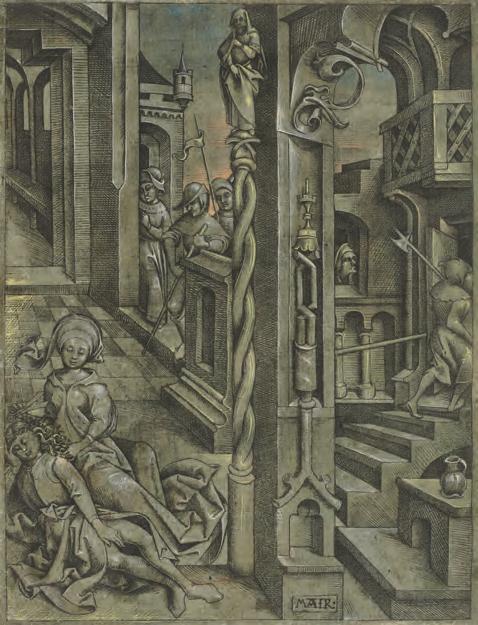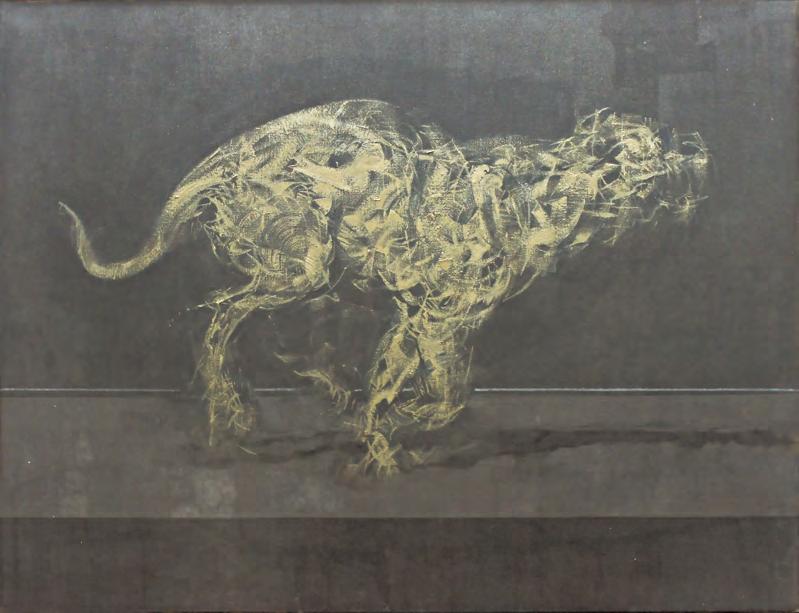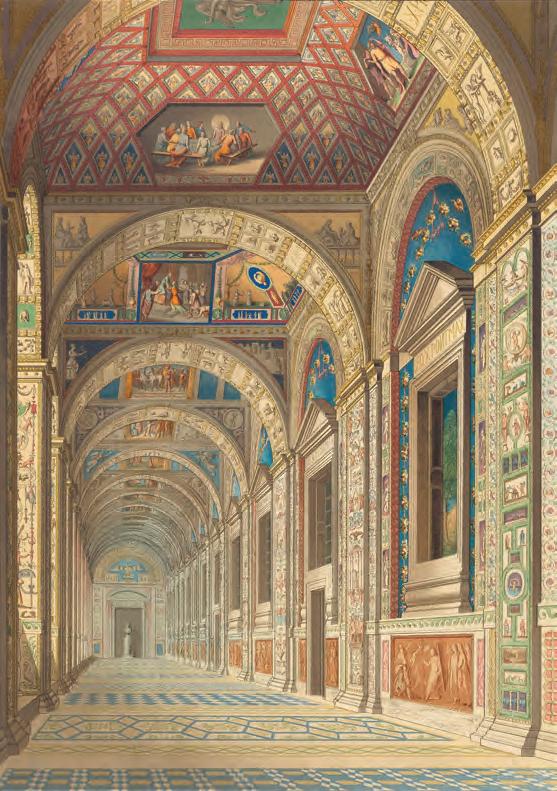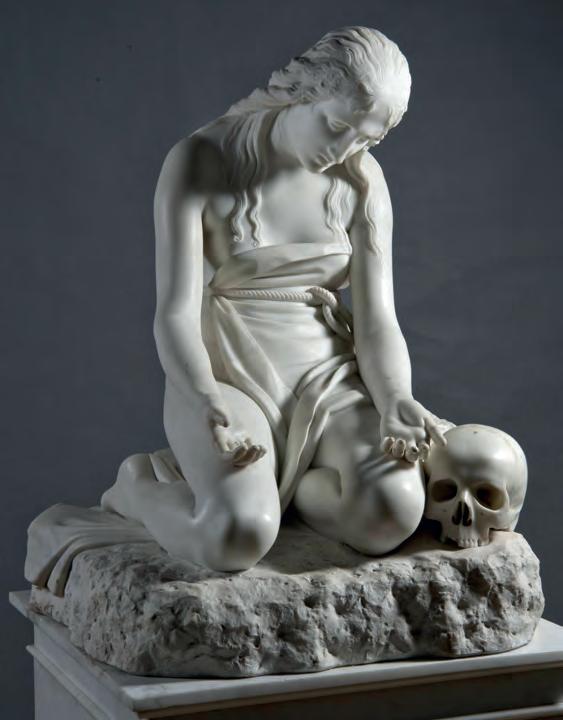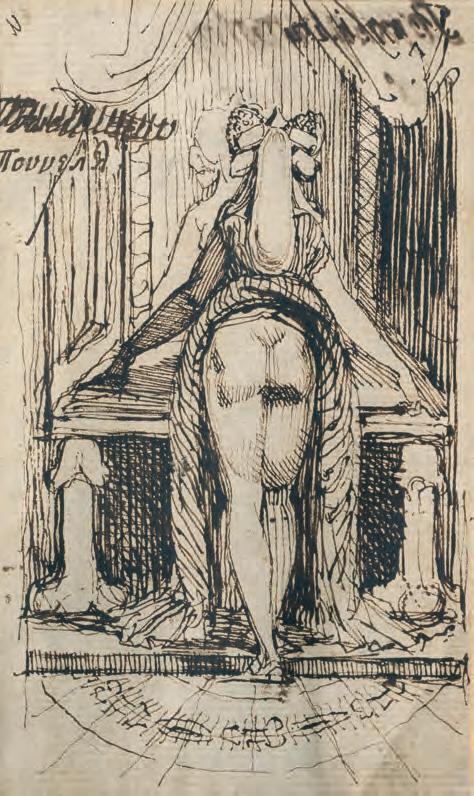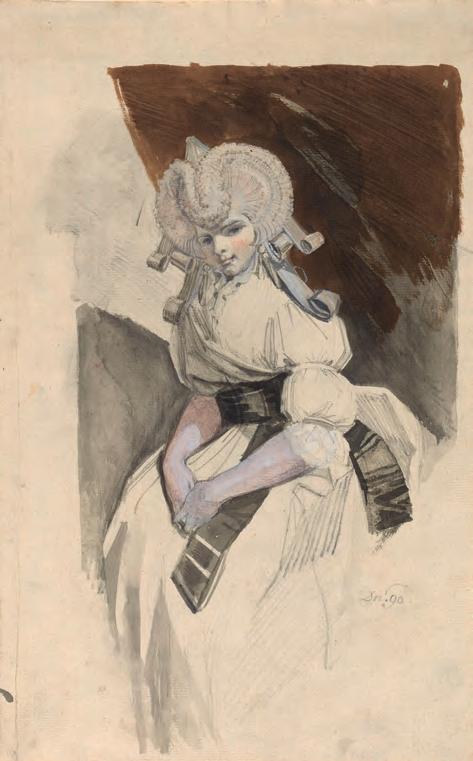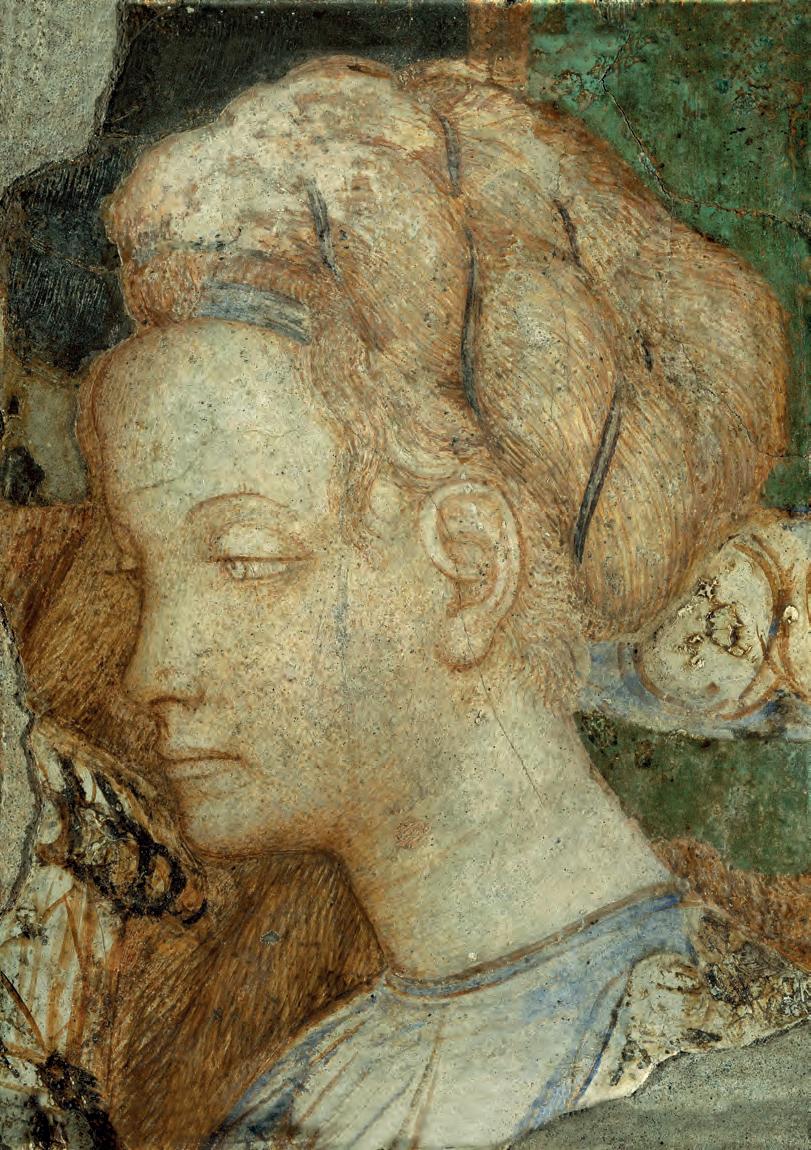
2 minute read
Mary Gillick: Sculptor and Medallist
Der Maler als Zeichner – der Zeichner als Maler: 300 Jahre Johann Heinrich Tischbein d. Ä.
Schloss Wilhelmshöhe, Kassel 28th October 2022– 5th February 2023
Advertisement
by heidrun ludwig
This winter three museums in the German state of Hesse are presenting substantial exhibitions that focus on outstanding Baroque painters. The ‘divine’ Guido Reni is on show at the Städel Museum, Frankfurt; the Hessisches Landesmuseum Darmstadt is celebrating the 300th anniversary of Bernardo Bellotto with a major exhibition of the artist’s drawings; and Schloss Wilhelmshöhe – part of the Museumslandschaft Hessen Kassel (MHK), an institution that represents the state’s museums, palaces, castles and parks – has mounted a rewarding and intelligent display of works by Johann Heinrich Tischbein the Elder (1722–89), who was born in the same year as Bellotto.1 Earlier this year, Tischbein’s anniversary was marked with an exhibition of his portraits and landscapes at Museum Schloss Fasanerie, Eichenzell, where visitors could also admire the monumental cycle of paintings depicting a heron chase (c.1766), which the artist created for Schloss Wabern, near Fritzlar, and which is today on permanent display at Schloss Fasanerie.2
Whereas the Schloss Fasanerie exhibition had a scholarly catalogue, the exhibition under review is accompanied only by a booklet aimed at a broad audience.3 To deepen one’s knowledge of the exhibits, visitors have to consult the general Tischbein literature, the MHK’s collection database and the catalogue of the Kulturstiftung des Hauses Hessen.4 This reviewer would have welcomed an in-depth catalogue.
For the exhibition in Schloss Wilhelmshöhe, the curators, Justus Lange and Malena Rotter, have focused on the interplay between drawings, oil sketches and painting in Tischbein’s work. Installed in a large room that has been divided into four sections, the show opens appropriately with an early self-portrait (Fig.13), from c.1752–55, shortly before or at the beginning of his career as the court painter to Wilhelm VIII of Hesse-Kassel (1682–1760), a passionate collector of art. Tischbein was a member of a large family of artists, of whom the best known is his nephew Johann Heinrich Wilhelm Tischbein (1751–1829), famous for his portrait of Goethe in the Roman Campagna (1787; Städel Museum, Frankfurt). Holding a pen in his hand and a portfolio of drawings on his knees, Tischbein depicts himself sitting in front of an easel on which a sketch for a history painting is visible. Inspired by Maurice Quentin de la Tour’s pastel portrait of Jean Restout the Younger (1746; Musée du Louvre, Paris), his admission piece to the Académie de peinture et de sculpture, Paris, the self-portrait demonstrates the influences on Tischbein when he was studying in Paris with Carle Vanloo in 1743–48 and in Venice with Giovanni Battista Piazzetta in 1748–51. Tischbein owed the Parisian court painter insights into portraiture, evident in particular in his mastery of the depiction of textiles and ability to lend an imposing presence to his sitters, which impressed even the landgrave. In Venice he had come to appreciate the importance of
13. Self-portrait, by Johann Heinrich Tischbein the Elder. c.1752–55. Oil on canvas, 97.5 by 79.3 cm. (Schloss Wilhelmshöhe, Museumslandschaft Hessen Kassel).

